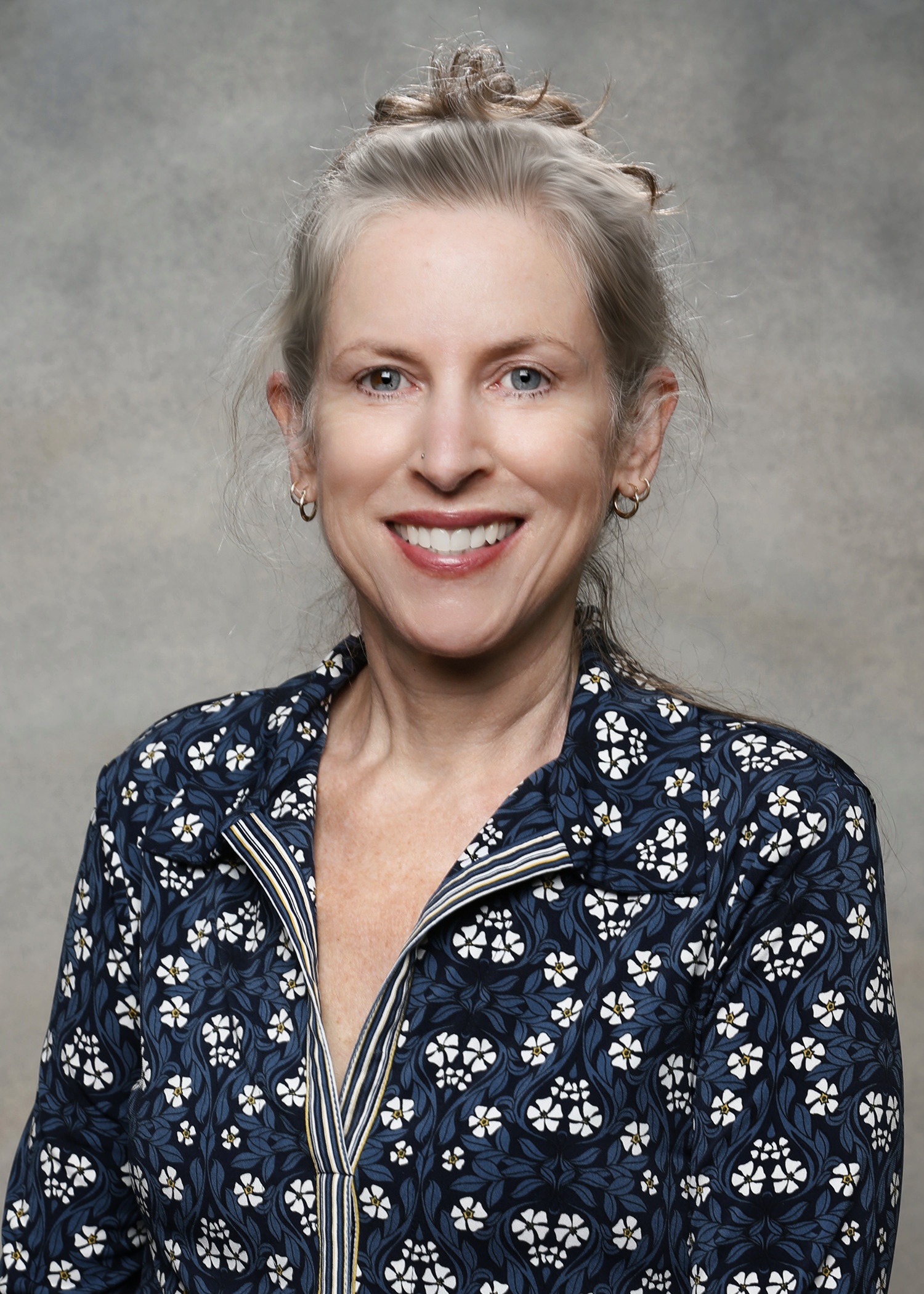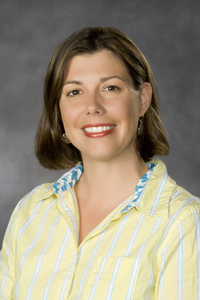VCU Radiation Sciences, Gerontology collaboration expands student perspective on aging and care
What do future radiologists have in common with a 93-year-old Holocaust-surviving grandmother who’s in a death metal band?
More than you’d think. And that was a primary reason for a new learning experience and published research that brought together the Radiation Sciences and Gerontology departments to challenge ageism in health care.

 Spearheaded by Timmerie Cohen, Ph.D., clinical coordinator of radiation therapy and associate professor, and Jenny Inker, Ph.D., associate professor of gerontology, the project set out to examine – and ultimately shift – the attitudes of Radiation Sciences students toward aging and older adults. Their work represents some of the first research to directly address ageism across health care professions.
Spearheaded by Timmerie Cohen, Ph.D., clinical coordinator of radiation therapy and associate professor, and Jenny Inker, Ph.D., associate professor of gerontology, the project set out to examine – and ultimately shift – the attitudes of Radiation Sciences students toward aging and older adults. Their work represents some of the first research to directly address ageism across health care professions.
Ageism refers to assumptions or attitudes about people based solely on their age. It’s a national issue with real consequences: A recent study estimated the annual cost of ageism at $63 billion. Researchers found that older adults are less likely to receive the same standard of care as younger patients.
At VCU, the joint project – sparked by a discussion at a College of Health Professions breakfast – set out to address the challenge with a unique approach. Students completed a survey measuring their attitudes before and after participating in an hour-long session that included watching a short documentary, “Death Metal Grandma,” and a guided discussion led by Inker. The film follows a 93-year-old Holocaust survivor singing in a death metal band, powerfully disrupting stereotypes about what it means to grow old.
“It’s evocative,” said Inker, whose research portfolio includes exploring how workforce development and leadership can disrupt ageism in long-term care settings and how elderhood is a distinct developmental period.
“You could see the light bulbs going off,” she added. “It wasn’t just about telling them what ageism is. It was about making them feel it, recognize it and name it.”
Understanding how ageism manifests in health care was a key component that helped guide their approach. “Health care providers may view older people as frail, forgetful or dependent, and that cognitive bias may lead to emotional responses – frustration, pity – that impact treatment decisions,” Inker said. “And that can have real consequences.”
Research shows that older adults with more negative attitudes toward their own aging recovered more slowly from serious health events such as heart attacks or strokes – and lived an average of seven years less than their peers with more positive views.
In the VCU project, students took the follow-up survey two months after the educational session. “The results showed a statistically significant decrease in ageist attitudes among our students,” Cohen said. “It’s helped change the way we teach. We now place a much stronger emphasis on how we approach older patients, avoiding outdated assumptions like ‘they can’t hear’ or ‘they can’t walk.’”
Their findings were published in a special edition of the national journal Radiologic Technology and have been presented at several professional conferences. A complementary study by Melanie Dempsey, Ph.D., associate professor of radiation sciences, looked at ageist attitudes among practicing professionals and found room for improvement there as well, especially in environments where providers have limited experience with older adults.
This small effort is a big step forward in addressing a larger issue. “Across health care – nursing, medicine, even social work – it’s not standard to go through a geriatrics rotation, even though older adults are the biggest users of health care services,” Inker said. “This is a system-wide gap.”
Indeed, by 2034, the number of Americans aged 65 and older will outnumber children for the first time. The population of those aged 85 or older will nearly double in a quarter century to 9 million by 2030.
At its core, the VCU effort aimed to change the perspectives of students before they enter their professional practice. According to the researchers, the collaboration has already initiated important conversations in classrooms, and those conversations will keep echoing into the health care workforce.
“It’s opened the door for deeper, cross-disciplinary work that can only help our students – and their future patients,” Cohen said.
“Awareness is the first step,” Inker said.“If we can help students interrupt those assumptions before they become habits, we have a real chance to make change.”